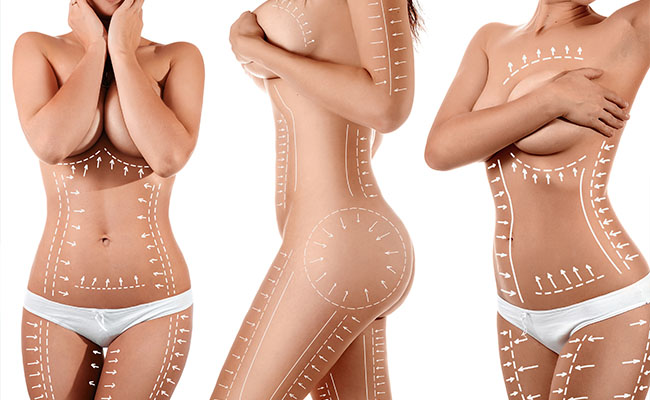
With so many choices in the market, finding the right camera can be an overwhelming experience. There are the traditional point-and-shoots, pro-level SLRs and the micro four-thirds mirrorless cameras that are becoming more and more popular these days. These mirrorless cameras with interchangeable lenses are slightly bigger than your average point-and-shoot but its huge sensor can yield photos at par with some SLRs, minus the heft and cost associated with these behemoth models.
Speaking for myself, I’ve found it difficult to look for the perfect camera. Because I lug around so much stuff on a daily basis, I often have to leave my old Panasonic Lumix LX3 at home when I go out, preferring instead my iPhone 4S’s camera.
But I’ve been lusting after a micro four-thirds camera because of the superior images it can produce. Most of the photographers I’ve consulted are fans of the Olympus Pen series (the EPL-3 is a popular choice, but the star du jour is the new OM-D) and Panasonic’s GF series.
Another factor that weighs heavily on my choice is the style or look of the camera. It has to look cute at least. Thankfully, most camera manufacturers offer color options, so I finally replaced my LX-3 with a Sony NEX C3. It’s very small, has an interchangeable lens system and best of all, it’s pink!
But before hopping on the latest camera trend, make sure to check out these tips on finding the perfect camera:
1. Portability
Your lifestyle plays a very important role in your choice of the right camera. If you detest carting around heavy bags, you might think twice before going for an SLR. If you get impatient with so many controls and settings, then a point-and-shoot compact camera may be the right fit for you. A lot of compact cameras have seen great improvements over the years and now perform better under low light conditions. Some, like Panasonic’s Lumix series, even incorporate a Leica lens into some of their point-and-shoot models.
2. A is for Aperture

Even if you just want a camera that can capture moments and you’re not into the science of photography, it’s important to know a few things that can help you make an informed decision. Like aperture. Aperture is basically like your camera’s curtain. The bigger your camera’s aperture, i.e. the more light it can pull in, the better photos you can take without a flash, like inside dim restaurants, when sightseeing at night, shooting fireworks, or during concerts, etc. Sure, you can use a flash to compensate for the darkness of a place, but more often than not, the flash is too bright and you end up with harsh looking photos. Make sure to look for a camera that has a big aperture opening so you can get great, natural-looking photos in dimmer conditions. Photographer Patrick Martires recommends looking for digicams with apertures of around f/1.8 to f/2.0 (aperture is measured in f-stops: the lower the number, the bigger the opening).
3. Size doesn’t matter—megapixels wise, that is.
When the digital camera was introduced, image clarity and quality was measured in megapixels, so we’ve been conditioned to think that the higher the megapixel, the better the image quality. Not so, according to Martires. “Megapixel count doesn’t necessarily mean the images are going to be better. Going above and beyond 12 megapixels may just be unnecessary to most users,” he says. Megapixel count counts when it comes to print photos. That’s when you’ll see how great your camera performs.
4. Optical vs digital
If you tend to use the zoom function a lot, make sure to look for a camera with optical zoom and not digital zoom. Optical zoom is when your camera uses the actual lens to bring the subject closer. Digital zoom is the “computer” version of zooming, where the processor simulates optical zoom by enlarging a portion of the image. As expected, digital zoom will mean a dip in image quality.













































